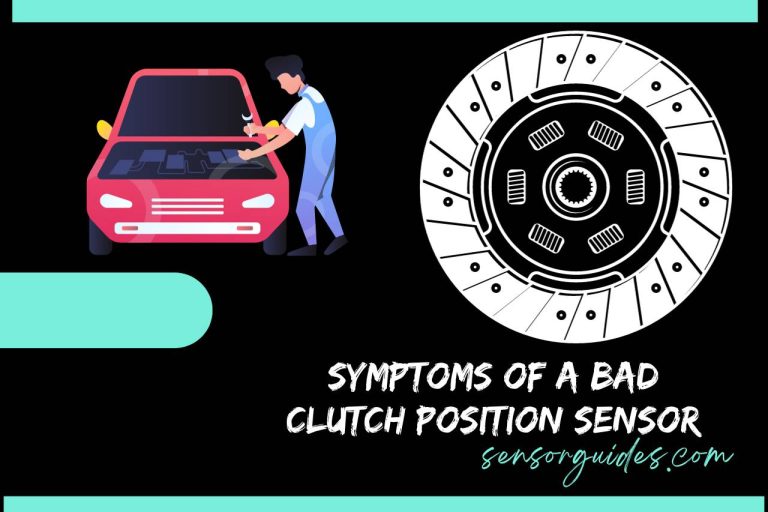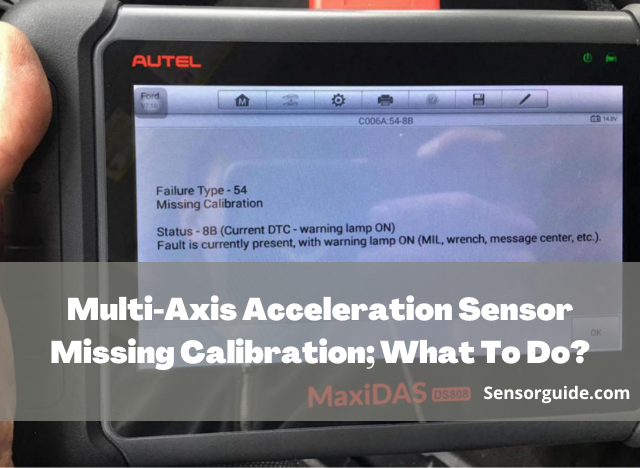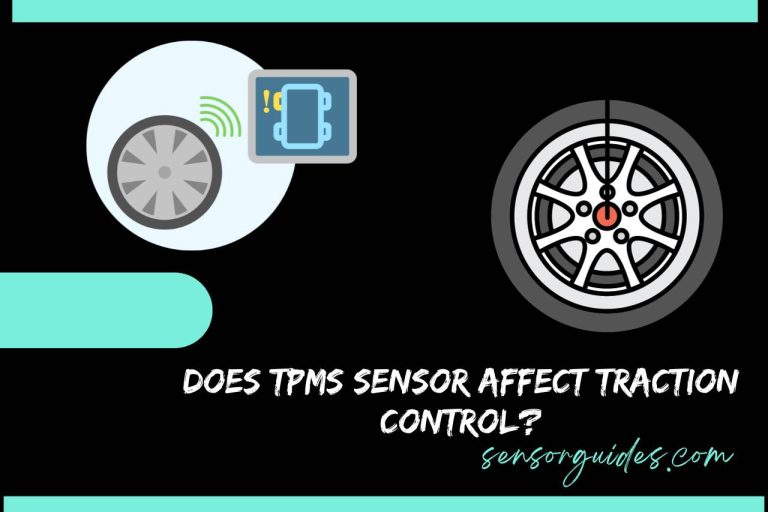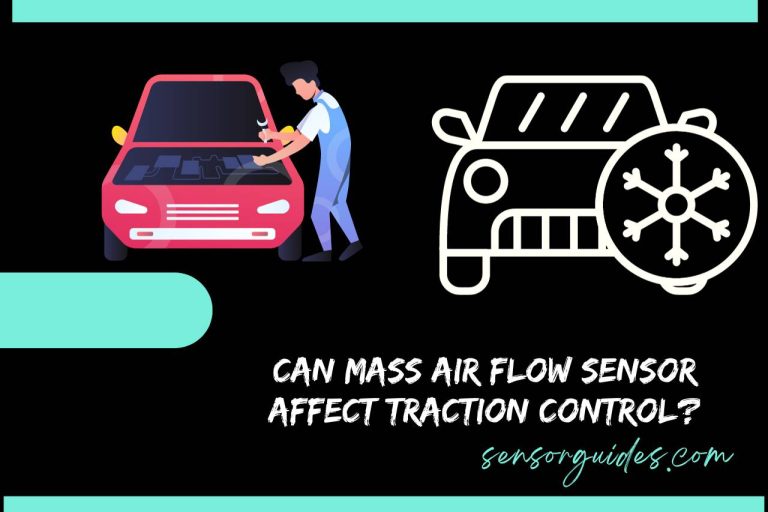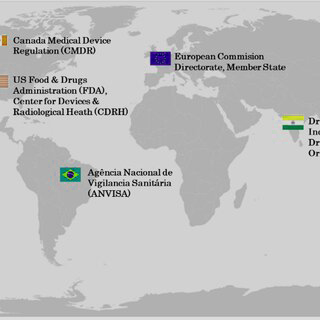MAP Sensor Unplugged, Car Runs Better; Explained By Sensor Guides
You’re driving along and notice that your car isn’t running quite as smoothly as it should be. It could be hesitating or stalling, or you notice a decrease in power or fuel economy. You take a look under the hood and decide to unplug the MAP sensor – and suddenly your car seems to run better than ever before.
But why would unplugging a critical component of your car’s engine management system improve its performance? In this article, we’ll explore the reasons behind this phenomenon and what you should do if you suspect a problem with your car’s MAP sensor.
Table of Contents
What is a MAP Sensor?
Before we can dive into the reasons why unplugging a MAP sensor might improve your car’s performance, we need to understand what a MAP sensor is and what it does. The MAP sensor (short for Manifold Absolute Pressure) is a key component of your car’s engine management system.
Its job is to measure the amount of air flowing into the engine through the intake manifold, which helps the engine’s computer (ECU) determine the correct amount of fuel to inject for optimal combustion. The MAP sensor also helps the ECU adjust ignition timing and monitor the engine’s performance.
What happens if you unplug a map sensor?
Unplugging a MAP sensor (Manifold Absolute Pressure sensor) can cause your car’s engine to run differently. The engine’s performance could improve or worsen depending on the specific problem with the MAP sensor.
If there is an issue with the MAP sensor, your car will run poorly or have reduced power and fuel economy. Unplugging the sensor can sometimes “reset” the engine control unit (ECU) and allow it to operate more efficiently.
However, this is not a permanent solution and could cause other issues with your car’s engine over time. Diagnosing and fixing any underlying problems with the MAP sensor as soon as possible is essential to ensure that your car runs smoothly and efficiently.
Why Would a Car Run Better After Unplugging the MAP Sensor?
Now that we know what a MAP sensor does, let’s explore why unplugging it might improve your car’s performance. If there is a problem with the MAP sensor, your car will run poorly or have reduced power and fuel economy. However, in some cases, unplugging the sensor can actually “reset” the ECU and allow it to operate more efficiently. There are several reasons why this might happen:
- Malfunctioning Sensor
If the MAP sensor is malfunctioning, it could send incorrect signals to the ECU, which can cause various issues. Unplugging the sensor can eliminate the incorrect signals and allow the ECU to operate more efficiently.
- Incorrectly Calibrated Sensor
If the MAP sensor is not calibrated correctly, it can cause the ECU to inject too much or too little fuel, leading to poor performance. Unplugging the sensor can sometimes reset the ECU and allow it to recalibrate the sensor correctly.
- Clogged or Dirty Sensor
If the MAP sensor becomes clogged or dirty, it can send incorrect signals to the ECU, which can cause a variety of issues. Unplugging the sensor can allow the ECU to compensate for the clogged or dirty sensor and operate more efficiently.
- Other Issues with the Engine or Fuel System
Sometimes other engine or fuel system issues can cause poor performance, and unplugging the MAP sensor can help mask these issues. However, this is not a permanent solution and the underlying problem should be addressed as soon as possible.
Risks and Consequences of Running the Car Without a Functioning MAP Sensor
While unplugging the MAP sensor might improve your car’s performance in the short term, it’s important to note that this is not a permanent solution and can have negative consequences.
Without a functioning MAP sensor, your car’s ECU cannot accurately determine the correct amount of fuel to inject, which can lead to reduced fuel economy and increased emissions. Additionally, running your car without a functioning MAP sensor can cause damage to the engine over time.
How to Diagnose and Fix Issues with the MAP Sensor:
If you suspect a problem with your car’s MAP sensor, there are several signs to look out for, including reduced power and fuel economy, rough idling or stalling, and increased emissions. The first step in diagnosing the problem is to use an OBD-II diagnostic scanner to retrieve any trouble codes that may be present. These codes can provide valuable insight into the specific problem with your MAP sensor.
Once you’ve identified the issue, there are several options for fixing it. If the sensor is malfunctioning or incorrectly calibrated, it may need to be replaced. If the sensor is simply dirty or clogged, you can clean it using a specialized cleaning solution or by carefully removing any debris.
Conclusion:
In conclusion, while unplugging the MAP sensor might seem like a quick fix for poor performance, it’s important to understand its risks and consequences. Without a functioning MAP sensor, your car’s engine management system cannot accurately determine the correct amount of fuel to inject, which can lead to reduced fuel economy and increased emissions.
If you suspect a problem with your MAP sensor, it’s important to diagnose and address it promptly to ensure your car runs smoothly and efficiently. By understanding the role of the MAP sensor in your car’s engine management system and the potential reasons behind poor performance, you can make informed decisions about maintaining and repairing your vehicle.

